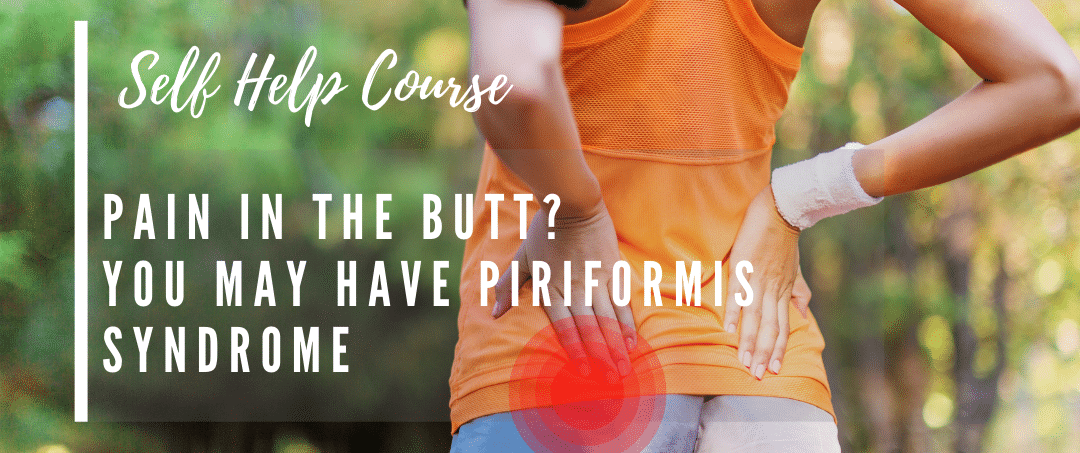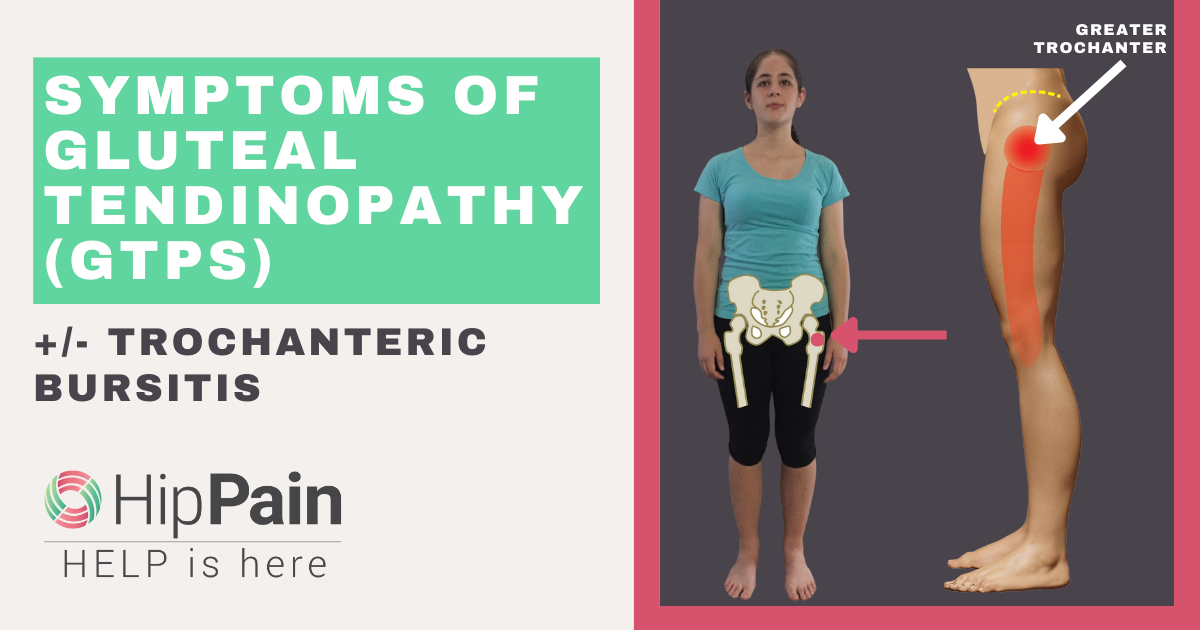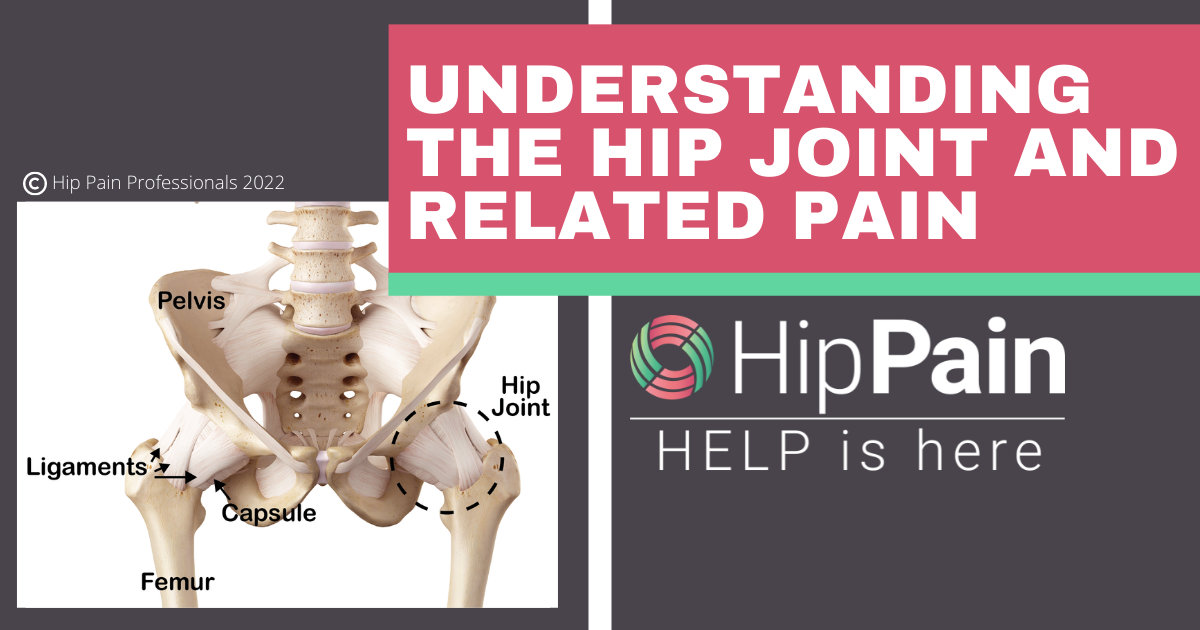
“ W Sitting ” in children (or occasionally adults) is when a child (or adult) sits on their bottom with their legs splayed out sideways. This position is adopted as a way to feel more stable, as with the legs widened balancing the rest of the body becomes easier.
W sitting In Children –
Are There Any Long-Term Issues Related to this Habit?
Hip Pain Professionals discourage W sitting in children because:
- As this is a stable position that is difficult to move out of, it discourages exploration of the environment. It is normal for kids to wriggle and move between sitting, reaching and crawling/walking and “W-sitting” can sometimes reduce this normal mobility.
- “ W sitting ” places twisting forces on the thigh and shin bones and the hip and knee joints. As children’s bones are still growing and developing, if this position is used regularly it may influence the alignment of these bones and joints for adulthood.
In adults:
- The bones have finished growing and will not be able to change shape/orientation (unless due to broken bones or surgery). However, this position places the hips in an extreme range of internal rotation (inward twisting) and the knees in a relative position of extreme external rotation (outward twisting) This affects the loads on ligaments and other joint structures and may contribute to hip or knee pain.

Quick tip: “ W sitting ” in some children can be a sign of reduced joint support
- from ligaments e.g. stretchy ligaments related to hypermobility,
- or muscles e.g. low muscle tone associated with mild developmental delay or an underlying neurological condition.

There is usually no concern for children who freely move in and out of this position and vary their position regularly. For children who sit almost exclusively in this W sitting position and do not easily or regularly change position, encouragement to use varying positions may be warranted. Please talk to your Hip Pain Professional or your medical practitioner for further assessment and individualised advice if there is any concern.

Visit our Pain Locator Map to learn more about soft tissue related pain in different regions around the hip and pelvis, or other causes of groin pain.
Need Help? How Can A Hip Pain Professional Help?
Your Hip Pain Professional can:
- help advise you more about W sitting if you remain concerned
- can assess if your child might be hyper mobile, or excessively flexible
- can help educate you on other ways your. child can sit
- provide exercises that may make it easier for your child to sit comfortably in other positions
- assess joints and ligaments to assess to alignment or biomechanics issues
Search For A Hip Pain Professional Here.







